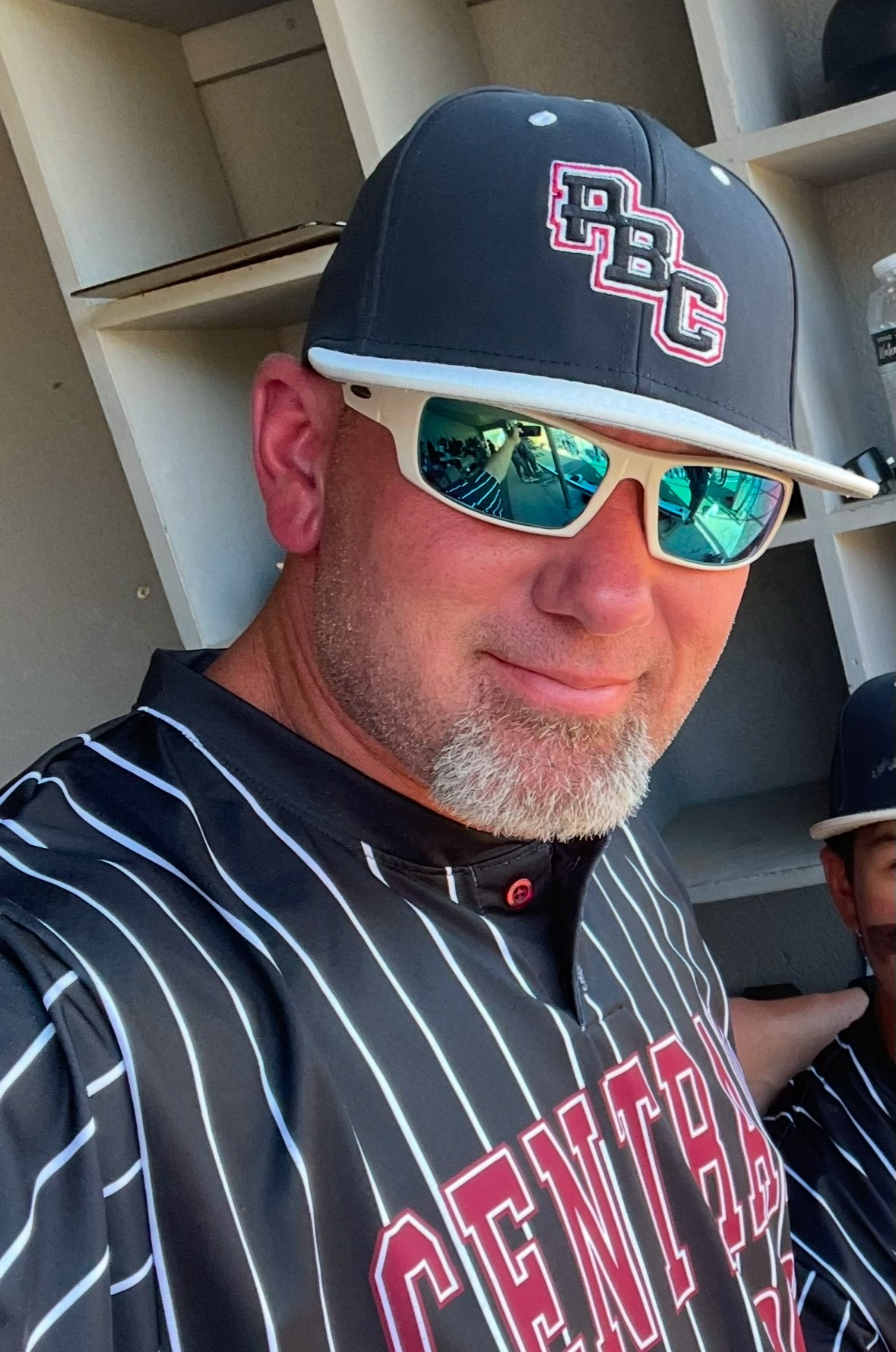As a pitcher, there’s no doubt that your arm is your most valuable asset. Whether you’re playing in the little league or in a professional league, arm health is something every pitcher must take seriously. Arm pain — whether during or after pitching — should not be part of the game. While fatigue, stiffness, and mild soreness are common, any sharp or persistent pain can be a sign of a serious issue that could derail your career.
The good news is that maintaining optimal arm health is absolutely within your control. With a combination of smart training, proper mechanics, and consistent care, you can keep your arm in top shape and prevent injury.
In this blog, let’s take a deeper look into how you can improve your arm health, maintain longevity, and continue performing at your best.
Understanding the Causes of Arm Pain and Discomfort
Before diving into solutions, it’s essential to understand the causes of arm pain. Arm discomfort is often a result of overuse, poor mechanics, or insufficient recovery. The repetitive motions of pitching — especially at high intensity or over long periods — put a lot of stress on your arm, particularly the elbow and shoulder joints. Over time, this stress can lead to microtears in the muscles, tendons, and ligaments, causing inflammation and pain.
In many cases, poor mechanics or incorrect posture while pitching can exacerbate this stress. When a pitcher’s mechanics are off, the arm compensates, putting more strain on certain muscles or joints. This can lead to issues like tendinitis, rotator cuff injuries, or elbow strains.
Understanding these causes is the first step to preventing them. Let’s now look at how to improve arm health and keep your pitching arm strong, healthy, and injury-free.
The Role of Proper Mechanics in Preventing Arm Injury
While arm health is a multifaceted issue, proper mechanics are often the foundation of injury prevention. When your mechanics are sound, you reduce unnecessary strain on your arm, allowing you to pitch more efficiently and safely.
Incorrect mechanics, such as improper follow-through, lack of hip rotation, or overextending the arm, can all lead to increased stress on your throwing arm. These issues can lead to shoulder impingement, elbow tendinitis, or other injuries that could sideline you for weeks or even months. A pitcher with proper mechanics, on the other hand, will not only experience less wear and tear but will also be able to pitch with more control and velocity.
To avoid injury, it’s essential to work with a coach or trainer to ensure your pitching mechanics are optimal. Regular video analysis and feedback from a professional can help you fine-tune your motion, ensuring your arm stays in a safe, efficient range of motion throughout the pitch.
Actionable Steps to Improve Arm Health
Now that we’ve discussed the risks and the importance of mechanics, let’s focus on actionable steps you can take to improve your arm health. By integrating the following strategies into your routine, you can minimize injury risk and maximize your longevity on the mound.
1. Incorporate Mobility Work for Flexibility:
Flexibility and mobility play a crucial role in maintaining arm health. Tight muscles, particularly in the shoulders, upper back, and forearms, can create unnecessary strain on your arm during pitching. Regular mobility exercises that focus on these areas can improve your range of motion and reduce the risk of injury.
A comprehensive warm-up routine should include dynamic stretches for your shoulders, chest, and upper body. You should also incorporate exercises like shoulder dislocations with a resistance band or foam rolling to release tension in the shoulder and arm area. These exercises help increase blood flow and prepare your muscles for the intense demands of pitching, preventing muscle tightness and injury.
Additionally, focusing on the flexibility of your lower body — particularly your hips and legs — can help improve your overall pitching mechanics. When your legs and core are more flexible and mobile, your lower half can better drive the movement, taking stress off your arm.
2. Prioritize Recovery and Rest:
Rest and recovery are just as important as the hard work you put in on the field. Pitching takes a significant toll on the arm, and giving it time to heal and rebuild is essential for maintaining arm health in the long term.
Ensure that you are giving your arm adequate rest between pitching sessions. Overuse is one of the most common causes of arm injuries, especially when a pitcher doesn’t allow sufficient recovery time between outings. Pay attention to how your arm feels after each session — if you’re feeling fatigued, sore, or worn out, take a step back and give your body time to recover.
You should also incorporate active recovery into your routine, which can include activities like light stretching, swimming, or yoga. These low-impact exercises help maintain blood flow to the muscles and facilitate the healing process without putting strain on your arm.
3. Implement a Consistent Arm Care Routine:
Having a dedicated arm care routine is essential for injury prevention. This routine should be an integral part of your training schedule, designed to strengthen the muscles around the shoulder, elbow, and wrist. Some effective exercises include:
Rotator Cuff Strengthening Exercises: These are crucial for maintaining shoulder health and stability.
Elbow Flexor and Extensor Exercises: Strengthening the muscles around the elbow joint can help prevent tendinitis and other injuries.
Wrist Exercises: Strengthening your wrist muscles helps improve your grip strength and can prevent strain.
A consistent arm care routine also includes icing your arm after intense sessions and using techniques like the band pull-apart to target smaller muscles that are often overlooked. These exercises help prevent imbalances and reduce the risk of injury over time.
4. Prevent Overuse and Know When to Rest:
Overuse is a silent killer when it comes to arm health. Many pitchers push through soreness or fatigue, hoping to throw just one more pitch. Unfortunately, this often leads to long-term damage that could have been prevented.
Understanding your body’s limits is key. Don’t be afraid to take rest days when your arm needs them, and always monitor how your arm feels after throwing. The general rule of thumb is to rest at least 48 hours between outings, but this can vary depending on your age, the intensity of your pitching, and your overall workload.
If you’re experiencing consistent soreness or discomfort, it’s time to take a break. Listening to your body is essential to keeping your arm healthy and avoiding the type of overuse injuries that can be career-threatening.
5. Train the Whole Body for Balanced Strength:
Pitching is a full-body movement, and having balanced strength in your entire body is essential for protecting your arm. Training your lower body, core, and upper body equally ensures that the stress of pitching is distributed across all your muscles and joints.
Make sure your strength training routine includes exercises that target your legs, hips, and core — these are the powerhouses that generate speed and drive your pitches. Building strength in your legs helps you transfer power from your lower half to your throwing arm, reducing the strain on your shoulder and elbow.
Similarly, strengthening your core stabilizes your body during the pitching motion, allowing your arm to work more efficiently. A strong core also supports proper posture and mechanics, reducing the risk of injury by preventing overcompensation from your arm.
Conclusion
Arm health is one of the most important aspects of a pitcher’s longevity. By incorporating mobility work, prioritizing recovery, implementing an arm care routine, preventing overuse, and training your entire body for balanced strength, you can dramatically reduce the risk of injury and stay healthy for the long haul.
Remember, experiencing pain during or after pitching is not normal and shouldn’t be ignored. By taking proactive steps to improve your arm health, you can protect your most valuable asset and continue performing at your peak level. Stay consistent, listen to your body, and treat your arm with the care it deserves. Your future on the mound depends on it.
FAQs
1. How do I know if I’m overworking my arm?
If you experience persistent soreness, swelling, or sharp pain during or after pitching, it’s a sign that you may be overworking your arm and need to take a break.
2. How can I improve my arm strength for better performance?
Incorporate exercises like rotator cuff strengthening, elbow flexor and extensor work, and wrist exercises into your routine to build a strong, resilient arm.
3. How much rest should I take between pitching sessions?
Resting for at least 48 hours between sessions is recommended to allow your arm to recover and avoid overuse injuries. Adjust based on your age, intensity, and overall workload.







